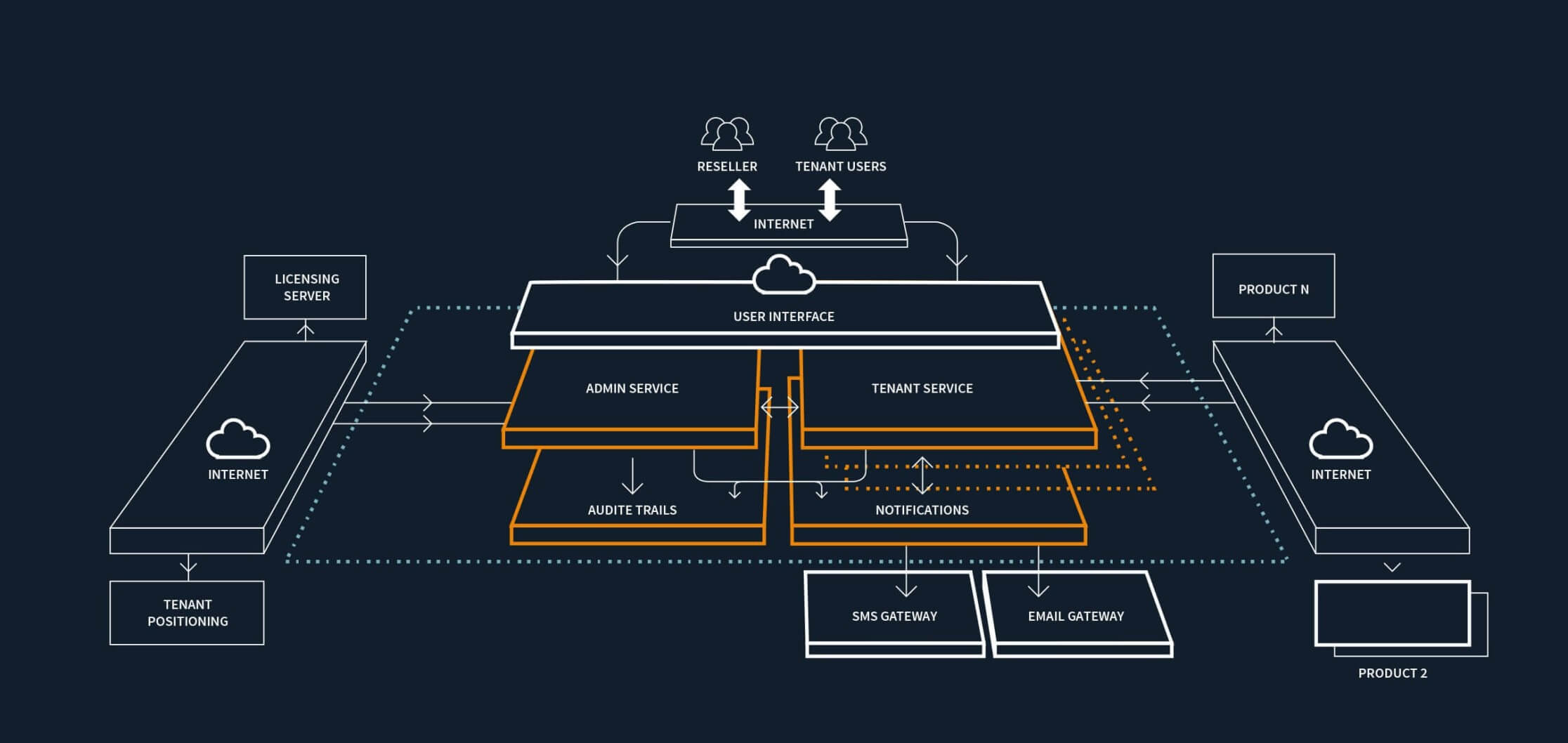Forklifting existing Client-Server installations into The Cloud

In an era where users are demanding more flexibility and security in accessing personal and professional data, from anywhere and anytime, how does the CIO take up the challenge to move the solutions that use popular Client-Server architecture and move them to Cloud without glitches?
Client-server systems are typical distributed systems, that partition the workload between servers (service providers) and clients (service requestors).
Typically, the Enterprise Businesses and e-Commerce has traditionally relied on such three-tiered, distributed systems.
With the advancements in technology, the hardware and software playground have drastically changed.
Highly connected environments with advanced hardware have provided massive computing power to everybody at a negligible cost using the cloud.
Users are demanding more flexibility and security in accessing personal and professional data, from anywhere and anytime. Mobile access of any system and data has become a de-facto standard.
Client-Server systems were usually built for and best operated in local networks.
In geographically distributed enterprises, multiple deployments of such client-server systems were required, often creating large overheads of system administration for these deployments, and challenges of consolidation of information, intelligence, and scaling out.
The Transformation of the traditional client-server systems to cloud computing / SaaS is inevitable.
One of our customers, a technology company had a flagship product built as a client-server system. They had a few thousand installations at different customers sites distributed across the globe.
However acquiring big enterprise customers, was a challenge because of the limitations of architecture.
Migration of existing conventional client-server applications to SaaS already involves a lot of complications. A large number of existing deployments with live data made it even more daunting. It seemed like open-heart surgery.
CoreView came up with a bridge solution that helped them to take advantage of the cloud environment, WITHOUT a major surgery on their existing products.
CoreView architected a solution to migrate the existing client-server system to a SaaS-based system, with multi-tenancy support and without redeveloping or modifying the original software. It showed a way to seamlessly transit thousands of deployments to the cloud, in a non-intrusive way to thousands of businesses that were using the original software.
Here are the steps we took while Building this solution-
- Building multiple proxies, for service, data, tenant management, resource management, and communication.
- Flexible Multi-tenant system, with data and/or processes separation, and policy-based resource access.
- Innovative ways to preserve the original User experience, by making UI and data available on the web, via secure TCP tunneling.
- Data Encryption layers to protect data at rest and on the move.
- Configuration, Notifications and Alerts management, with SMS/Email gateways
- Knowledge layer, containing business logic to consolidate information & intelligence from all deployments for a business
- Centralized Dashboards and over-arching reports spanning across business, rather than just for individual deployments
- Centralized Licensing, Provisioning, and Billing
- Push mechanism to propagate updates in a controlled manner from a single repository.
- Policy engine and policy management for business rules across deployments
- REST APIs with HTTPS for secure communication
Once the cloud platform was ready, the process of bringing multiple applications under the common cloud umbrella became more deterministic and repeatable.

It was rolled out to all the customers, via multiple BETA programs, which gradually and seamlessly forklifted all the deployments in the cloud.
Existing user roles were preserved and new roles were added for centralized management of the deployments.
For our customer’s customer, it provided centralized management, centralized reporting, centralized intelligence.
The Competitive Advantage:
For our customers, it gave a clear competitive edge and ability to scale out to and support geographically distributed business enterprises. It also provided a collective intelligence of system usage, which enabled them to proactively roll out updates and new features as anticipated by their customers.
CoreView once again demonstrated #innovation, #speed, and #ability in designing the best migration #strategy and roadmap for a secure, repeatable, #scalable path to the cloud, and which was best suited for our customer.
At CoreView, we have multiple success stories of cloud migration and adoption.
Can we help you, with yours?
